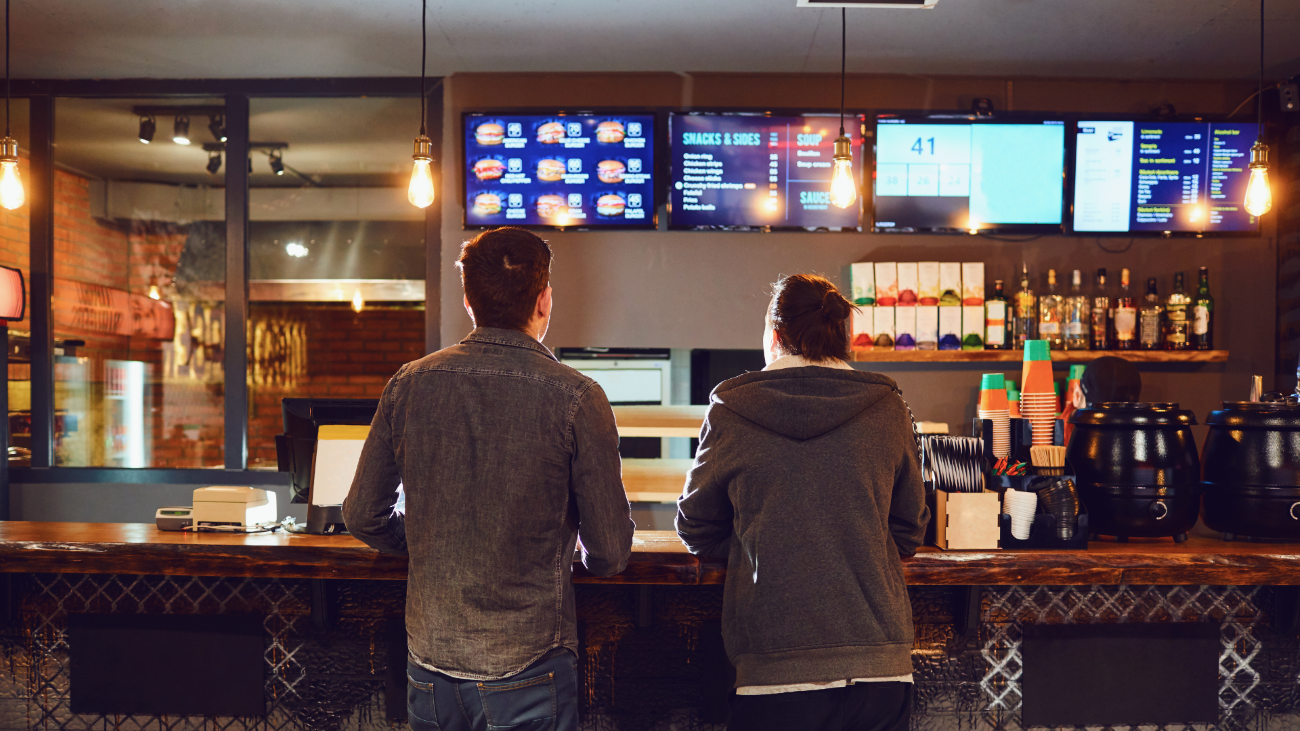How do I configure a menu for several locations?
July 05, 2024
Whether you manage a franchise network or you're preparing for its development, menu management quickly comes back on the table. Because it's not a detail: it structures your entire organization.
In multi-site catering, you have to constantly balance two requirements: ensure brand consistency and leave each establishment the room for maneuver it needs.
In concrete terms, this means :
➔ coordinate offers without restricting field teams
➔ optimize purchasing while managing highly heterogeneous inventories
➔ harmonize prices without ignoring local specificities
➔ track overall performance without losing site-by-site readout
This balance between centralization and adaptation makes multi-site management a demanding task. And this is precisely where menu configuration becomes strategic.
We'll show you how to structure it all efficiently.
What makes multi-site management so complicated (and how to avoid it)
Different customers, different needs, all within the same brand
Managing several establishments means managing several realities. Even if the brand is the same, each site has its own constraints: catchment area, clientele, surface area, team in place, kitchen equipment, pace of service...
A burger that's a big hit in Lille may remain on the bench in Marseille. A daily special may be profitable in an office zone, but difficult to sell in a tourist area.
And when one restaurant closes at 10pm and another at midnight, it also complicates the management of available products and display times.
But redoing everything by hand for each site is time-consuming and repetitive, and you end up losing consistency.
The challenge, then, is to maintain a solid, harmonized base, while leaving flexibility to field teams.
Common errors when duplicating menus manually
When you don't have a suitable tool, you're on your own. And that often means copying and pasting menus from different back offices and platforms, making changes for each site, then re-uploading and checking everything by hand.
But the more files you multiply, the greater the risk of error.
➜ A badly modified price
➜ a dish still displayed when deleted
➜ an allergen forgotten in the local version...
And your image (or margin) takes a hit.
Another common pitfall: losing control of global identity. By dint of small variations, some sites are moving away from the reference menu. You lose legibility, control, and sometimes even quality of execution.
The result is wasted time, tangled teams and an inconsistent customer experience from one restaurant to the next.
Centralization vs. personalization: striking the right balance
What to centralize (and why)
You can't adapt everything to every site. It would be too time-consuming, too costly and, above all, unnecessary. Some elements are best kept in common, to maintain brand consistency and facilitate management.
What can (and must) remain centralized:
➜ dish names and descriptions
➜ visuals
➜ display rules (order, categories, formats)
➜ fixed options (cooking, accompaniments...)
➜ mandatory information (allergens, legal information, etc.)
Centralization means you don't have to reinvent the wheel every time, and above all, it limits errors. If you modify an allergen or an image, you do it only once, and it's taken into account everywhere.
What's best for each site
On the other hand, certain parameters must remain flexible. Because they simply depend on the terrain.
What you need to be able to adjust per plant :
➜ product availability times
➜ prices (based on rents, material costs or local habits)
➜ stocks and shortages
➜ dishes not available on certain sites
➜ daily menus or temporary offers
This is where menu inheritance becomes useful: you start from a common core, but you can customize certain information for each establishment, without breaking everything else. It allows you to adjust without destructuring everything.

Multi-site management: optimize performance across the network
Track sales performance by site
Once you've set up your menus, the most interesting part begins: the analysis. The Obypay solution lets you track, site by site, what sells best, when, and in what quantities.
You can :
➜ compare the performance of the same product by location
➜ identify local bestsellers
➜ identify dishes that don't turn (and why)
This data helps you make adjustments without making assumptions. You stop flying by instinct, and base your decisions on concrete facts.
Replicate a high-performance menu from one site to another
If a menu works well in Toulouse, why not test it in Nantes? With Obypay, you can easily duplicate an existing configuration on one or more sites.
There's no need to rearrange everything: you recover the structure, the products, the options... and adjust what needs to be adjusted (prices, opening hours, availability).
This is useful for testing a new format, speeding up a launch, or harmonizing a seasonal offer across the network.
Use data to adjust your offer
Sales data isn't just used to draw up balance sheets. It allows you to optimize on an ongoing basis. You can see which dishes trigger options, where customers order the most desserts, and at what times the average basket rises.
And if you couple that with tools like the loyalty program and its databaseYou'll get an even clearer picture of customer behavior.
You don't just manage a menu, you manage a product strategy for your entire network.
Do you know what 15 franchise networks have in common? We do!
We work with leading foodservice companies such as Pizza Hut, 3 Brewers, Krispy Kremeand Flunch (for whom we develop custom features!).
Each franchise network benefits from our expertise in efficiently managing their menus and operations.
If you have specific requirements, our solutions are designed to adapt to your particular needs and ensure consistency and effectiveness for your brand. Shall we talk about it?











